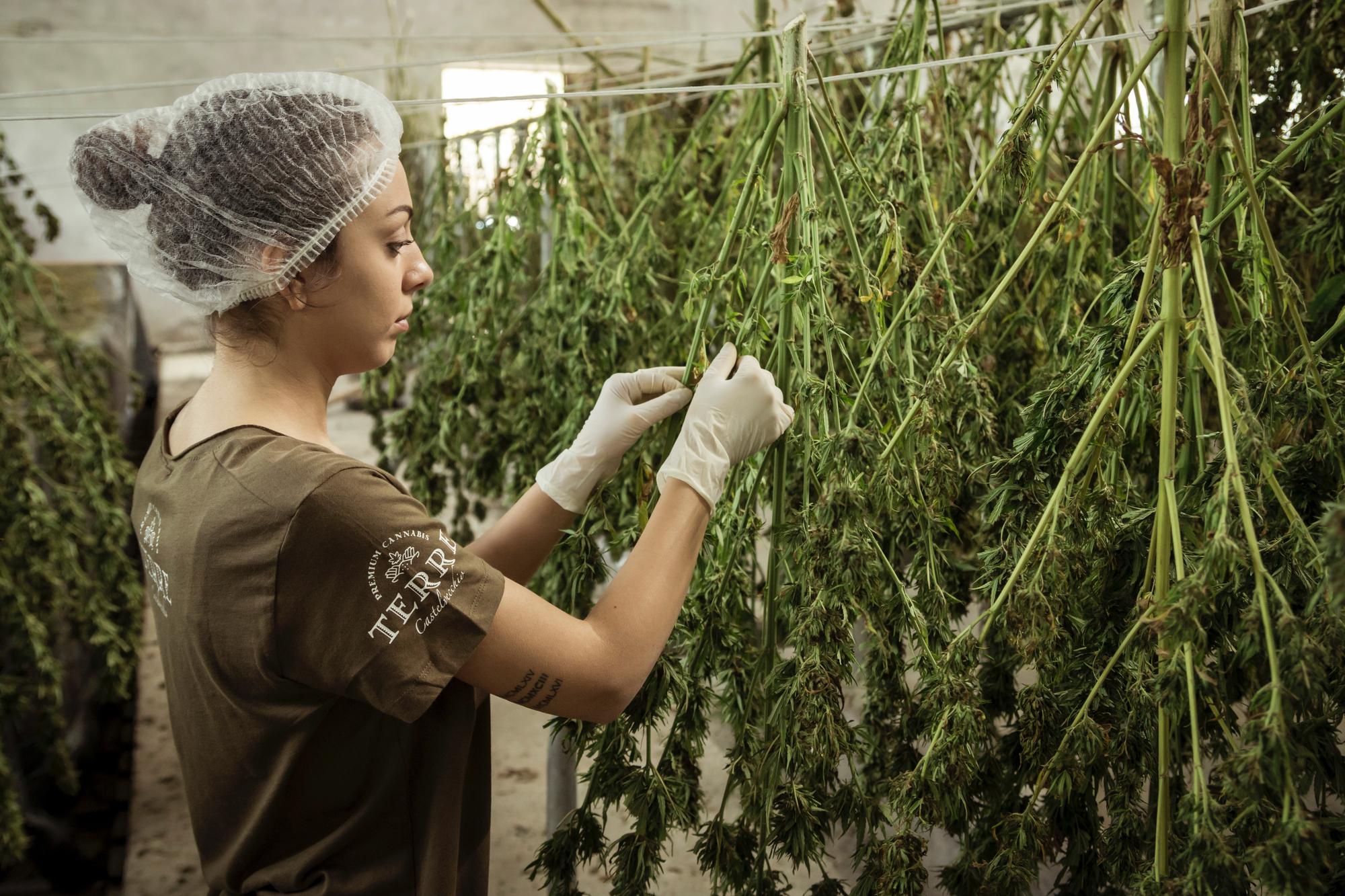Nevada’s cannabis availability follows a rhythm set by tourism cycles, industry “holidays,” and heat. Demand reliably swells around 4/20 and, to a lesser extent, 7/10, when retailers expand purchase orders for flower, vapes, dabbables, and value eighths. Headset’s retail data shows 4/20 as the single biggest sales day of the year across legal markets, confirming predictable spring spikes that wholesalers plan for months in advance.
Tourism magnifies those peaks. Las Vegas typically hosts 3–3.6 million visitors monthly, with surges tied to conventions and major events (e.g., EDC in May and the fall trade-show slate). LVCVA’s monthly Executive Summary is the go-to barometer for those ebbs and flows, while third-party recaps underscore May’s uplift when festivals and shows cluster. Wholesale buyers often front-load orders ahead of these event windows, anticipating higher foot traffic and basket sizes.
State data reinforces the spring lift. The Nevada Cannabis Compliance Board’s market study notes seasonal upticks—especially March through May—amid a broader normalization in post-pandemic sales. For wholesalers, that translates to earlier contracting and larger pre-packs headed to stores from late February onward, with fill-rates tightening on fast-moving SKUs.
Summer introduces a supply-chain wrinkle unique to the desert: heat. During transport and back-of-house storage, temperature management becomes a material quality and compliance risk. Nevada regulations require vehicles and processes approved for adequate temperature control during cannabis transport; inspections are permitted to ensure compliance. Practically, distributors shift to earlier loading windows, insulated containers, and stricter receiving SLAs to protect terpenes and textures (think chocolates and certain gummies) and to prevent hardware failures in vape carts.
Quality science backs those precautions. Terpenes and volatile aromatics degrade faster with heat and light; vape formulations likewise show temperature-sensitive terpene stability. The outcome is seasonal: products held or shipped improperly in July–August can present duller aroma, viscosity issues, or higher failure rates. Savvy wholesalers rotate inventory faster in summer, shorten “cold chain” handoffs, and tighten QC on incoming lots.
Category mix also shifts with the calendar. Beverages and other “warm-weather” form factors have drawn interest nationally, even if their share remains small; Nevada retailers often experiment with bulk buys of ready-to-drink SKUs ahead of summer and event weekends to diversify cool-case offerings. Meanwhile, 7/10 creates a mid-summer merchandising moment for concentrates, though recent analyses suggest steadier July demand rather than a uniform spike in all markets—useful nuance for right-sizing orders.
Fall brings convention season—and wholesale opportunity. MJBizCon each November pulls tens of thousands of industry professionals to Las Vegas, which reliably lifts tourist flow and local store traffic. Retailers commonly raise par levels and broaden assortment (especially hardware and giftable SKUs) heading into November–December, while wholesalers negotiate promo calendars and exclusive drops to capture visiting trade and holiday shoppers.
For retailers, the practical takeaways are straightforward: anchor spring with 4/20 builds; protect product integrity through summer heat; sharpen fall assortments for convention and holiday traffic; and watch LVCVA and CCB indicators to time purchase orders. For consumers, seasonal dynamics mean broader selection and sharper deals in spring and late fall, with occasional tightness on top strains or limited-run carts during peak weeks. Monitoring store menus and buying early ahead of marquee weekends is often the best strategy.

